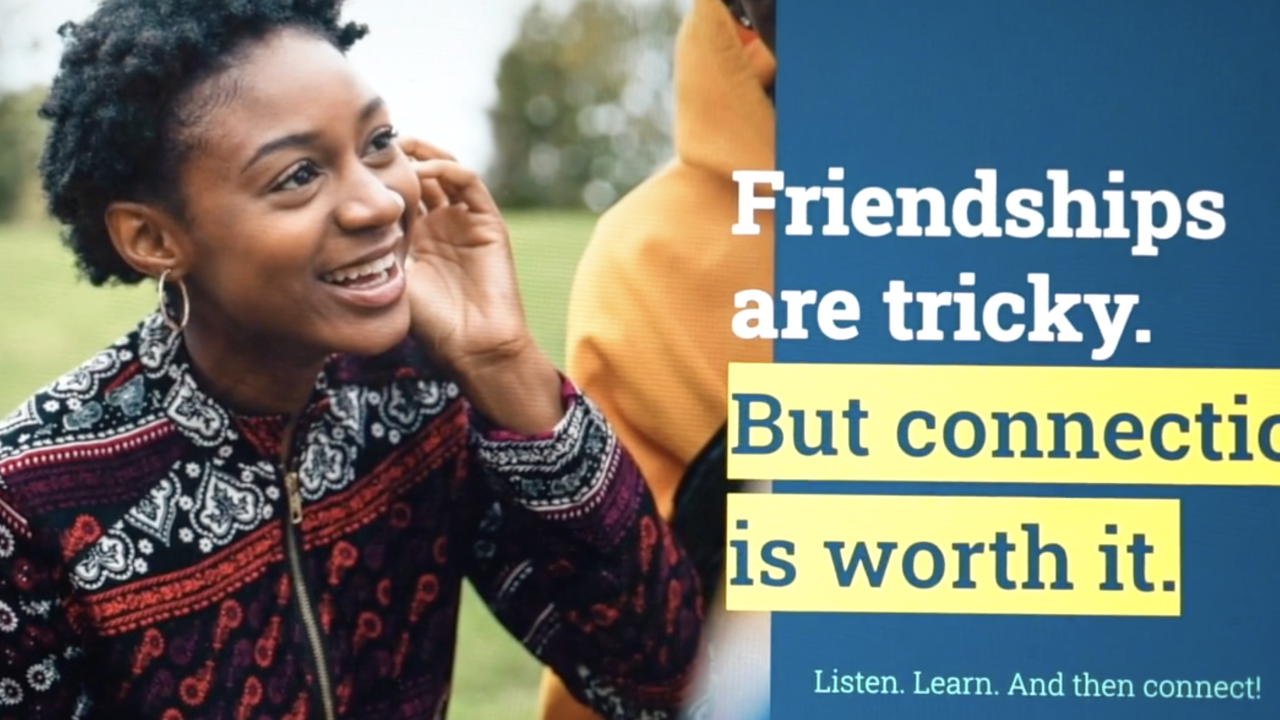JULESBURG, Colo. — It's not uncommon for Kierra Ehnes to spend her weekends at her high school.
After so much disruption thrown her way during the pandemic, being in the building is far better than the months of isolation she and her peers endured.
"Our suicide rate went up in small-town communities," said the high school junior. "And that is something that I had never heard of before the pandemic happened."
Kierra’s school, in rural Colorado, is small. There are just 100 students combined, between middle and high school.
As her area returns to "normal," Kierra said there are still emotional scars.
"It's that lingering effect of like, 'When is it going to happen again?' Like, 'When are we going to be told that it can no longer be this way,'" she said.
The Centers for Disease Control recently released a report that shows how high school students s have been impacted by the pandemic.
Out of the nearly 8,000 high school students surveyed, 1 in 3 said they had poor mental health during the pandemic, and more than half said they felt hopeless.
What was going on at home was eye-opening as well. Twelve percent of the students reported physical abuse at home while 55% reported emotional abuse.
To remedy the reverberating effects of isolation, staying connected is key. The same study found that teens who felt connected to others in school had better mental health.
Nationwide, youth mental health is a crisis in every state, but states including Colorado are experimenting with several programs to bridge the gaps between where students are now and where they should be.
"We know we had a youth mental health crisis in our state before the pandemic, and then the pandemic happened and it took away those usual supports," said Elizabeth Owens, co-deputy director of programs at the Colorado Office of Behavioral Health. "We knew we really needed to do something."
Over the last year, the state launched the "Forward Together" and "I Matter" programs. "Forward Together" is an initiative to strengthen relationships in teens’ lives, be it with parents, peers or other trusted adults.
"I Matter" is a state-funded therapy program with low barriers, getting help to teens quickly and for free. It’s already helped around 2,000 teens. As far as the people involved know, both these programs are the first of their kind in the nation
"We have had other states reach out, which has been great, and what we've told them it takes funding, and fortunately, a lot of states are in a situation right now where the federal dollars, ARPA funds, and other things that have come through Congress, where they have more funding that they can," said Owens.
Kierra was on a team to help shape the messaging for the "I Matter" campaign. Her work can be seen throughout the hallways of her school and schools across the state.
"Being able to say I had a part in helping those 2,000 students feel like themselves again, that makes me happy knowing that I played a part in that," she said.
For students like Kierra, the dark days she experienced had inspired her to continue the work for her future career.
"Being able to reach out and figure out what's wrong and get a kickstart on it and have everybody jump on the bandwagon and want to be a part of this, I think is exactly what propels me to what I want to do," she said.





